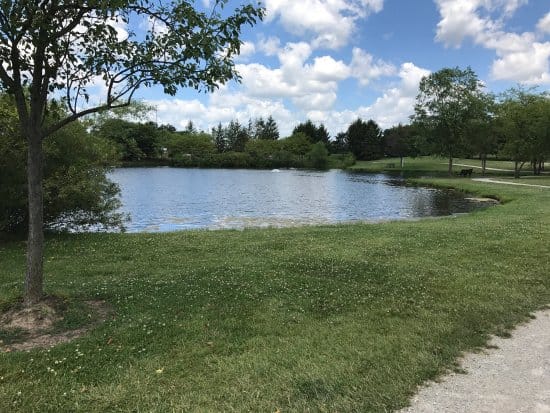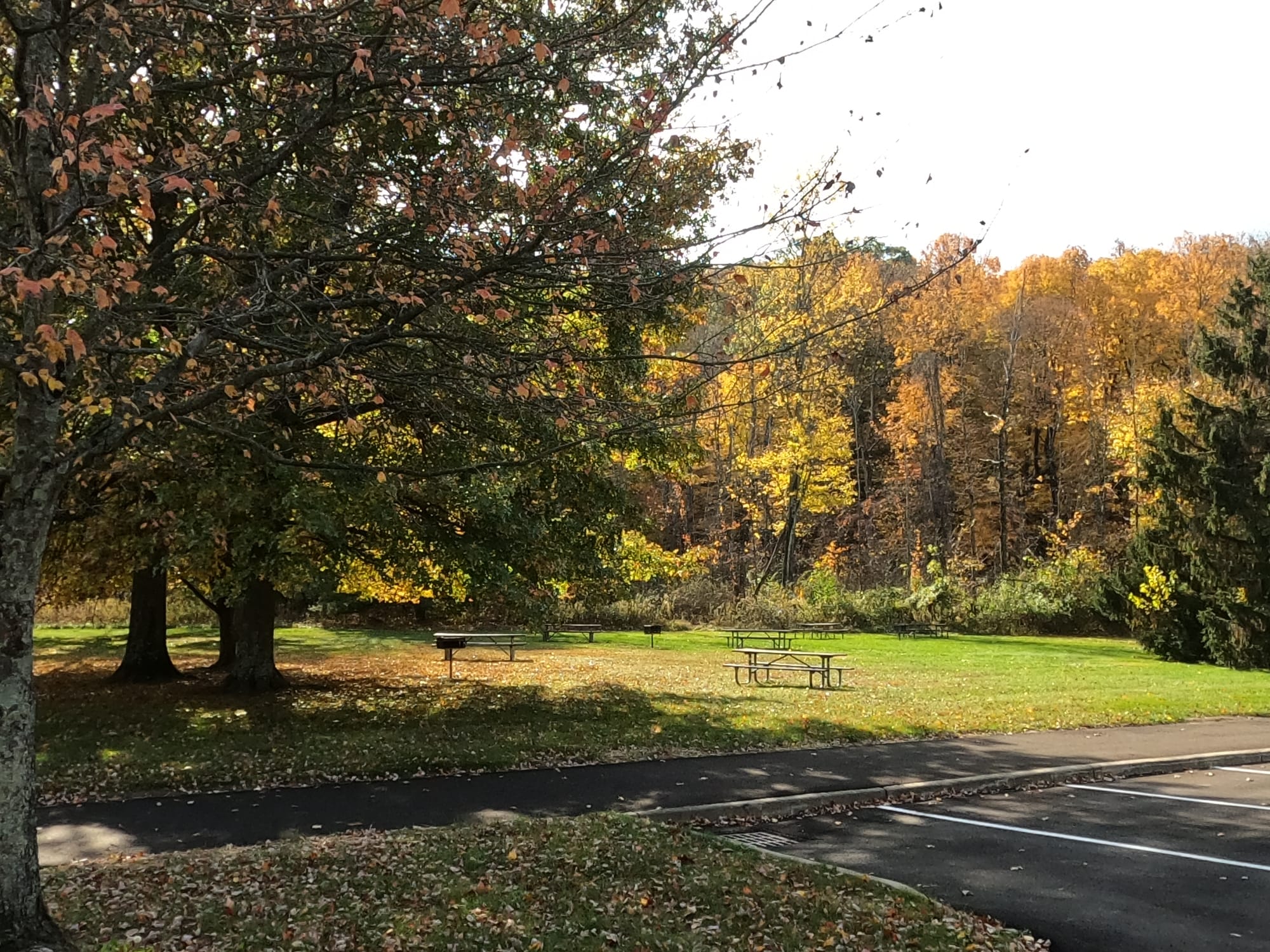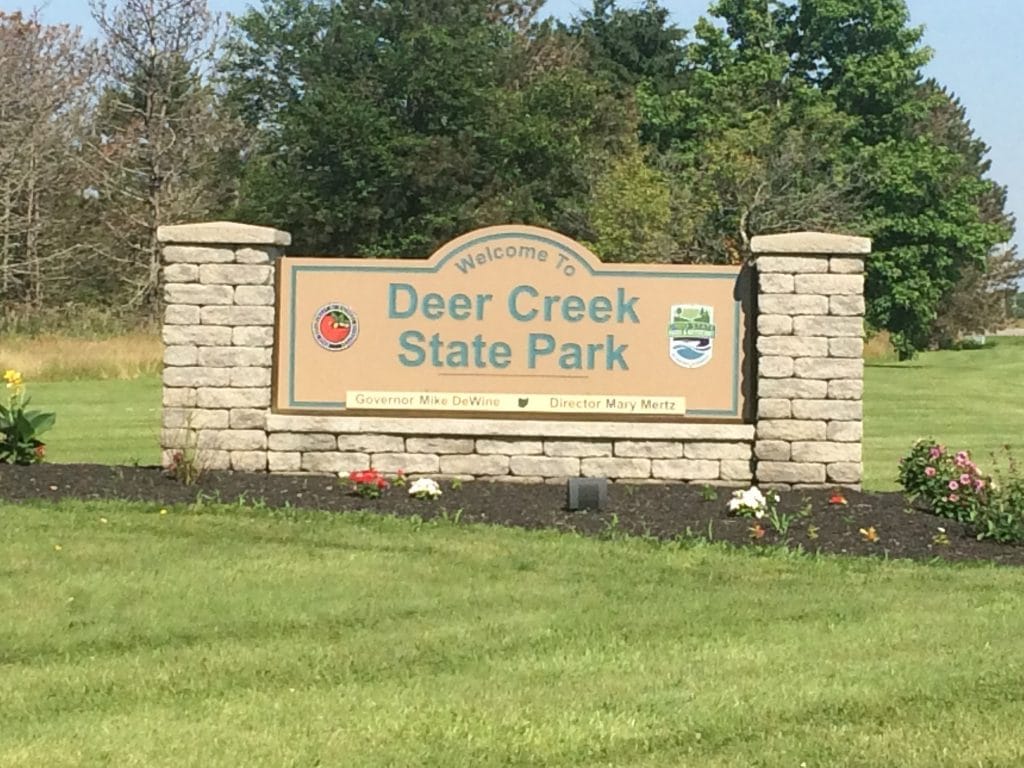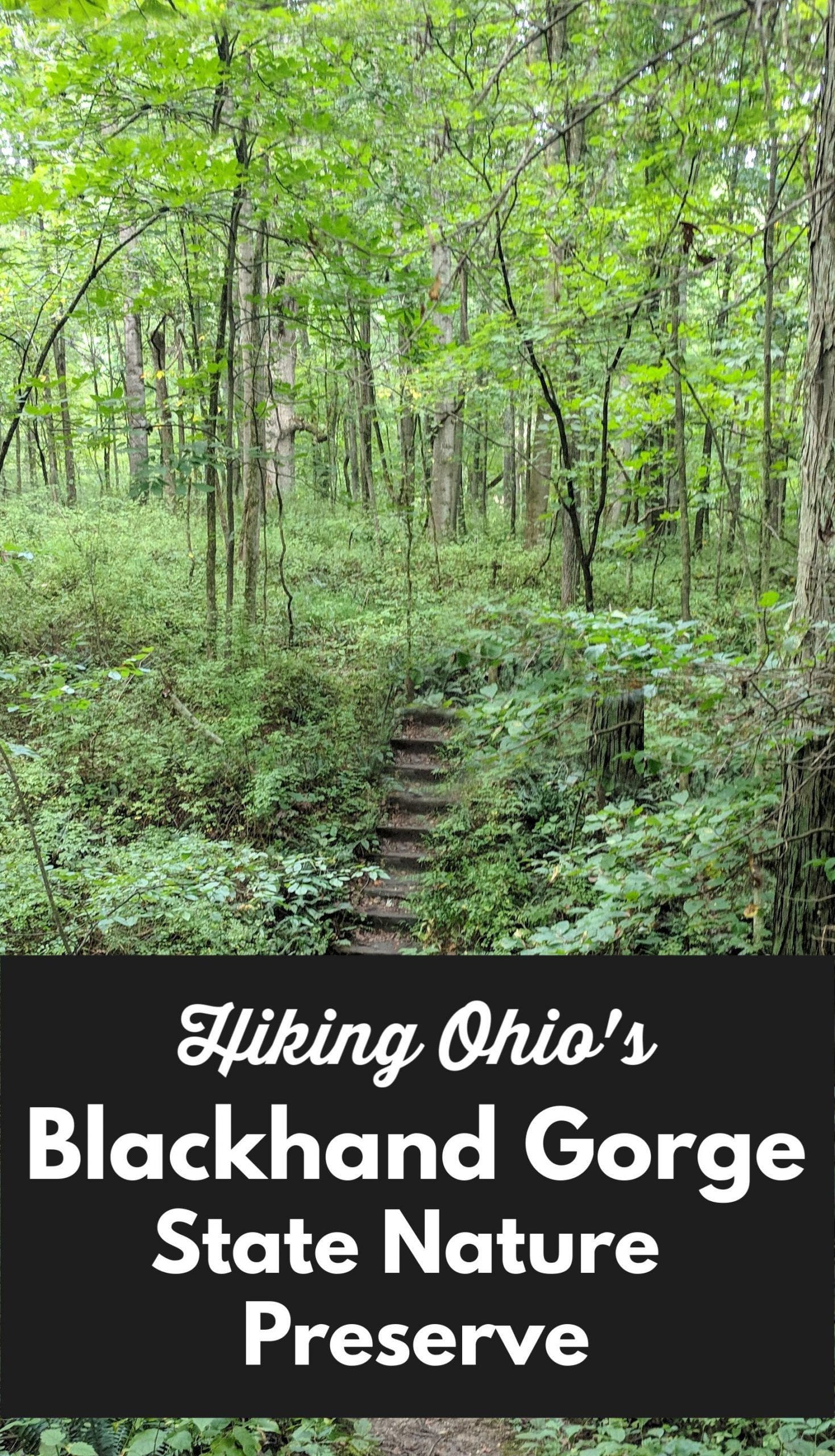
Blackhand Gorge State Nature Preserve
Trail Map
Interactive map showing the trail route for Blackhand Gorge State Nature Preserve. The map displays topographic information and trail markers.
Elevation Profile
Elevation data not available for this trail.
Chart showing elevation changes along the trail distance. Hover or focus on the chart to see specific elevation values at each point.
This post was written by my mother-in-law, Nancy Jordan. She turned 90 years old on July 12, 1935. She is amazing!
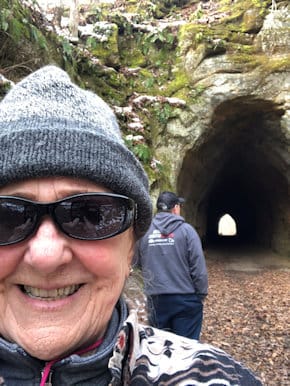
Blackhand Gorge State Nature Preserve
If you have never hiked Blackhand Gorge State Nature Preserve, you’re missing out on something special. I’ve hiked there many times in different seasons, and it always feels like there’s something new to discover.
During the years of 2021 through 2022, my friend Jan and I traveled quite a few different state parks to hike we tried to pick parks that had really nice trails. Blackhand Gorge was one of the nicest we visited.
The gorge is about four miles long and spans 950 acres. It also boasts the only bike trail in Ohio's state nature preserve system; more than 4 miles of paved bike trail crosses the preserve.

Location and Hours
Located at 2200 Gratiot Rd. in Licking County, it can also be accessed via Brownsville Rd. off State Route 16.
The Preserve is open 1/2 hour before sunrise and closes 1/2 hour after sunset.
Also, fishing is permitted along the north shore of the Licking River south of Canal Lock Trail with a valid Ohio fishing license.
Hiking Trails
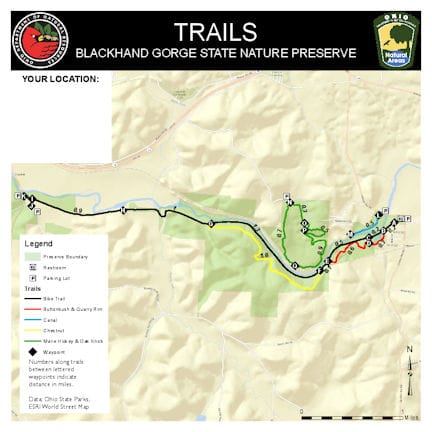
There are about 10 miles of trails:
- Blackhand Trail (paved trail) - 4.3 miles
- Canal Lock Trail - 0.4 mile
- Chestnut Trail - 2.3 miles
- Marie Hickey Trail - 2.0 miles
- Oak Knob Trail - 0.6 mile
- Quarry Rim Trail - 1.0 miles
As always, stay on designated trails.
Pets are permitted only on the Blackhand Trail (paved bike trail) and must be controlled on a leash no more than 6 feet in length in hand.
Bicycles, skates and skateboards are permitted only on Blackhand Trail.
How the Blackhand Petroglyph Was Destroyed
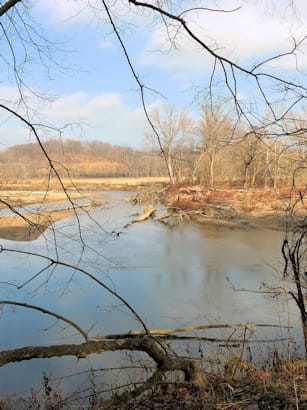
When Native Americans navigated the Licking River for centuries before the arrival of European settlers. When settlers first started coming to Ohio and 1801, there were four different tribes of Indians, the Shawnee, the Wyandotte, Hopewell and the Delaware. It is believed the Indians settled here for the flint which is said to be the finest in the world.
There is a cliff made of Blackhand sandstone rising on the north side of the Licking River. In prehistoric times, Native Americans inscribed a petroglyph on this cliff; it looked like a very large, black hand. Not only is the gorge named after this petroglyph, but the class of erosion-resistant sandstone on which the petroglyph appeared has become known as “Blackhand sandstone” throughout Ohio.
Early settlers also used the waterway, eventually modifying it for barge traffic in the early 1800’s. This portion of the Licking River was incorporated into the Ohio & Erie Canal. Canal engineers removed the outer surface of the cliff to make room for a tow path. During the canal era, mules or oxen walking on such a path would pull barges along. Sadly, the petroglyph was destroyed to make room for this tow path. Sections of the canal towpath and canal locks may be seen from the trails along the river.
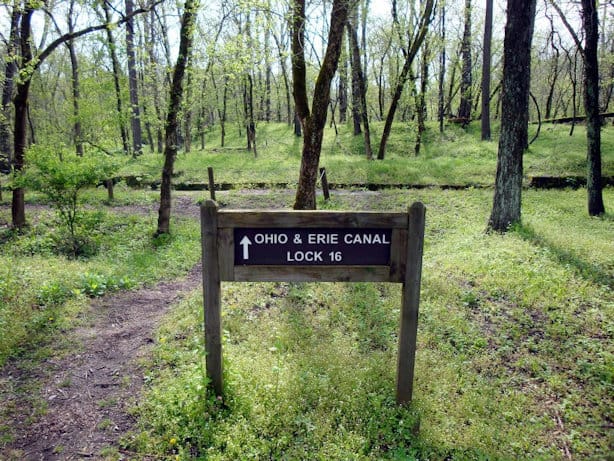
The Tunnel
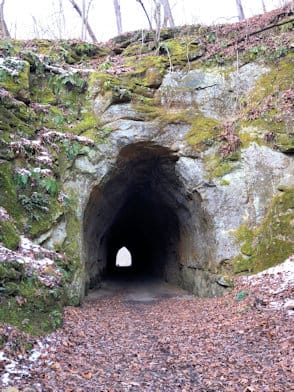
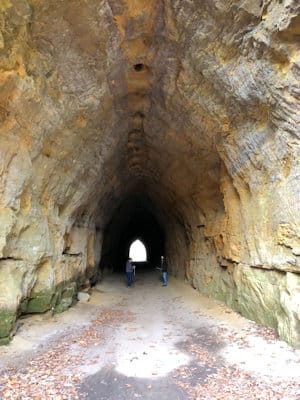
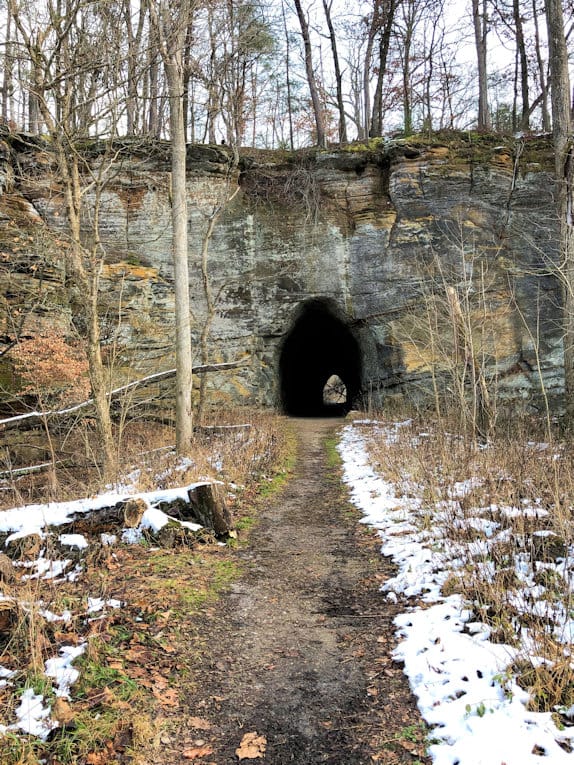
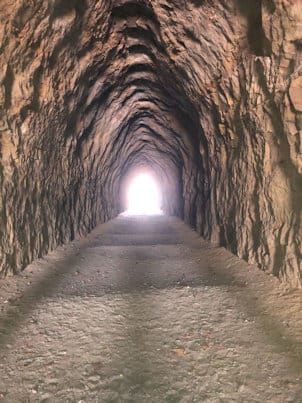
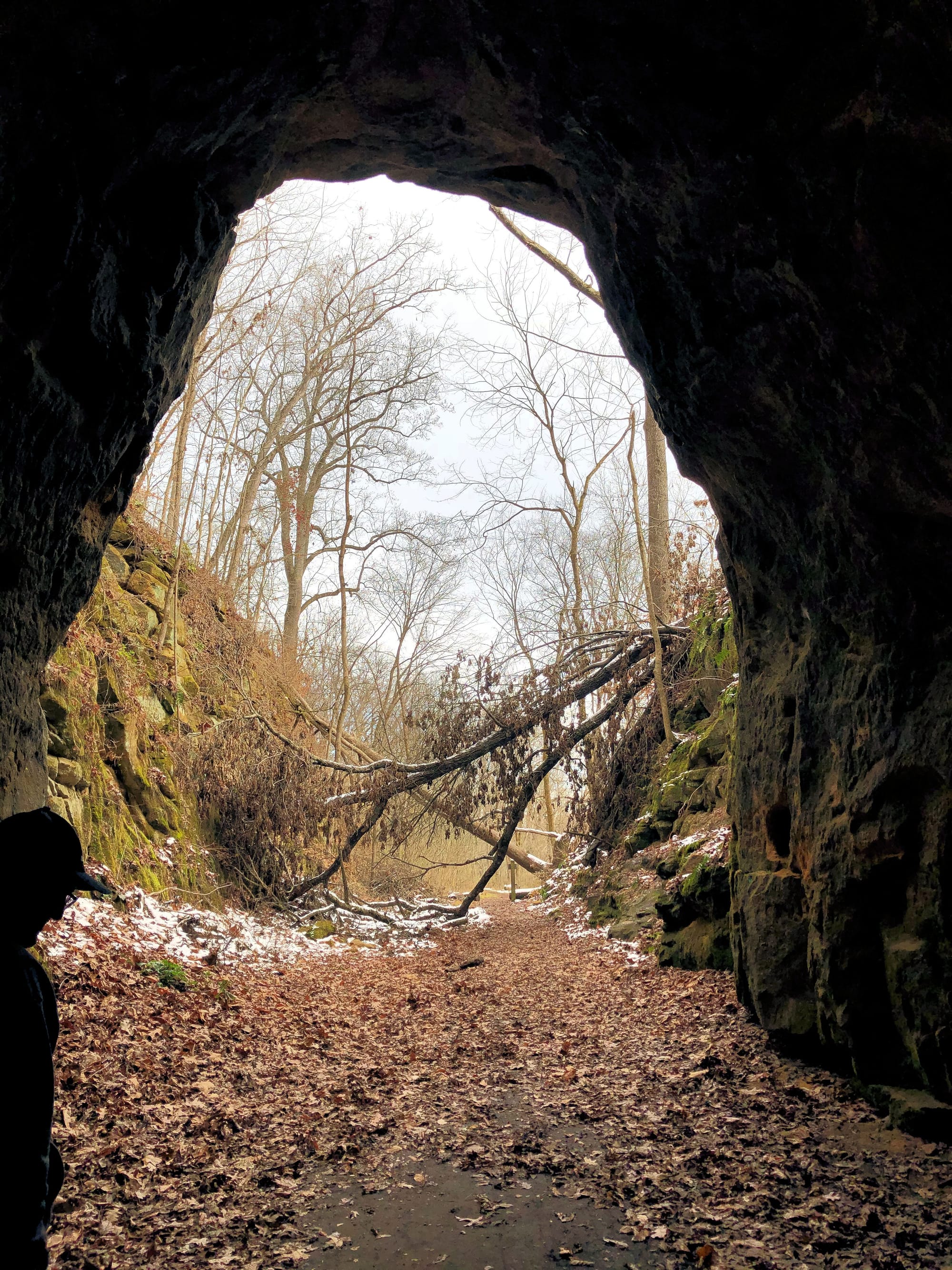
In the early 1900s a tunnel was cut through rock formation for a passenger train. It went along the Licking River. The first train passed through in 1851.
The Newark & Granville Street Railway, which opened on December 28, 1889, is recognized as the first modern interurban.
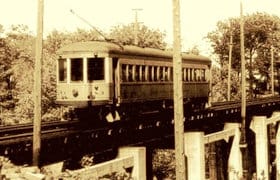
The track was originally started to connect Granville to Zanesville to Newark. in the early 1900s it was extended to Zanesville, Ohio. The trolley provided a passenger service till 1929. I
From 1930 to 1940 the railroad was converted to an auto road. The road was abandoned when Dillon Dam Reservoir was constructed downstream.
In 1950s and the early 60s, the old interurban roadbed was replaced by a modern railway which is still active.
The Blackhand Gorge trail goes through the abandoned Interurban tunnel leading to the railroad track that is currently in use. The trail is not paved.
The railroad crosses the Licking River. Some people cross the railroad track bridge. As with all railroad tracks, trespassing is illegal. I have to admit I tried to cross the bridge, but I was intimidated by the gaps in the railroad tracks. I could see the river way...way...way below.
.jpg)
Toboso
When you turn down Toboso Road. You go through the little village of Toboso to the parking lot where the trails are paved and you can ride a bike.
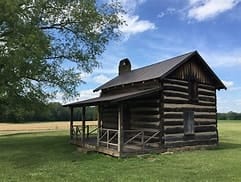
Toboso was laid out in 1852 when the railroad was extended to that point. The community most likely was named after El Toboso in Spain. A post office was in operation at Toboso from 1854 until 1957.
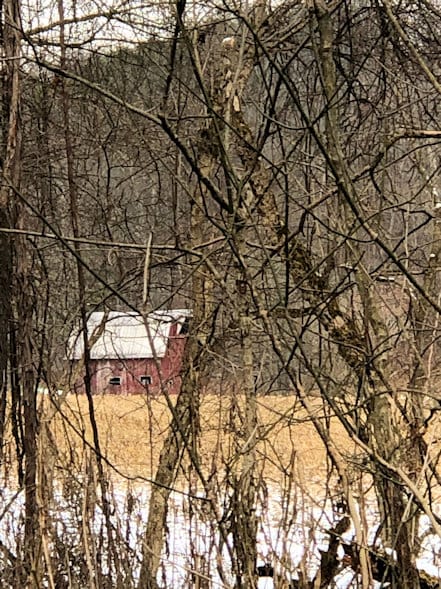
Things to See
On one of my trips, there was a photographer setting up his camera on the unpaved trail that’s on the other side of the river to take pictures of birds. He was hoping to find a rare bird. He said he was prepared to wait a very long time to get the right shot.
On the trail that comes in from Brownsville Road, we saw animal tracks. It was snowing, but the snow was melting. It was not very easy walking, but it was really quite pretty. This particular trail is not real hilly. It’s flat, but still beautiful.
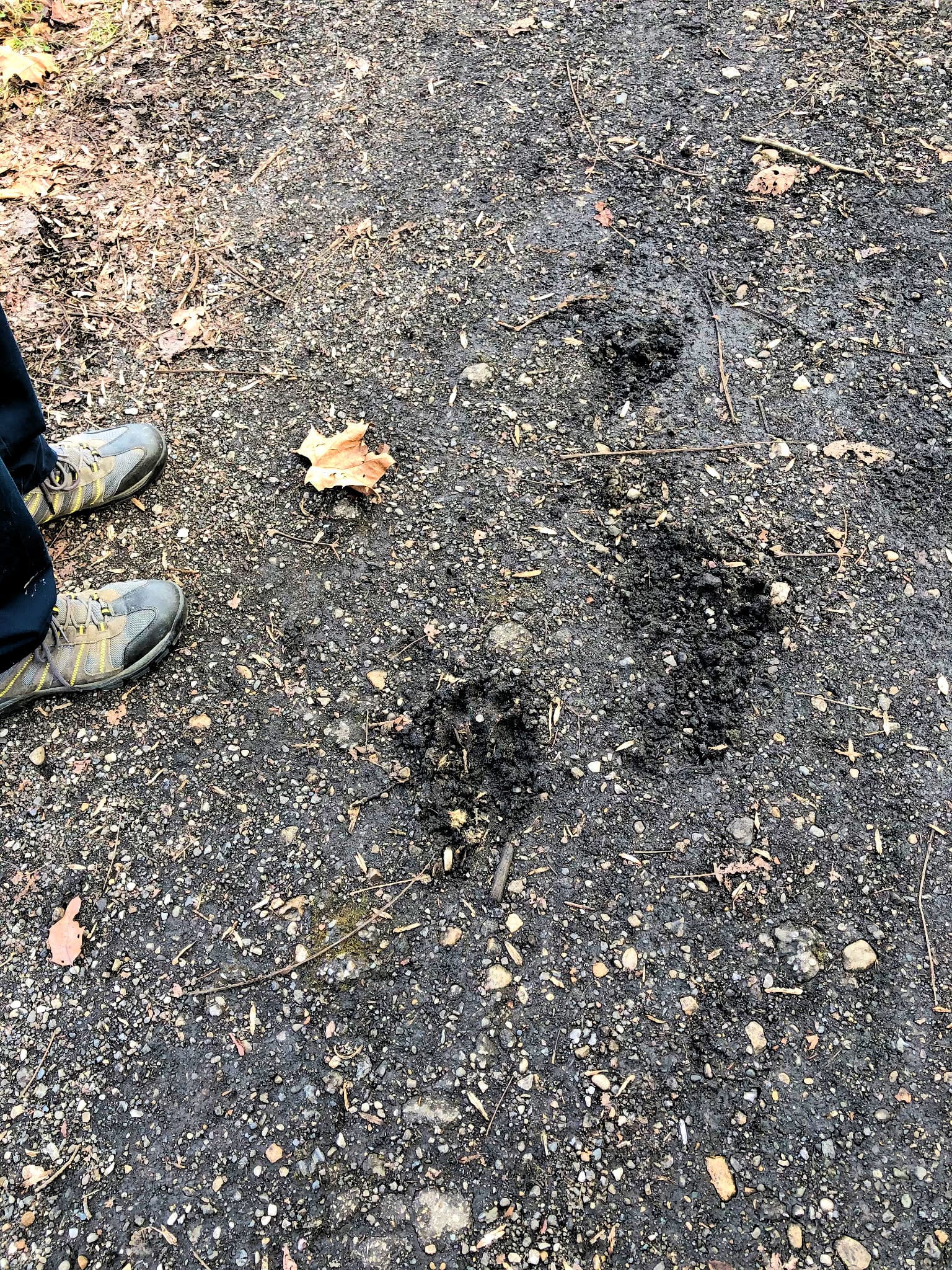
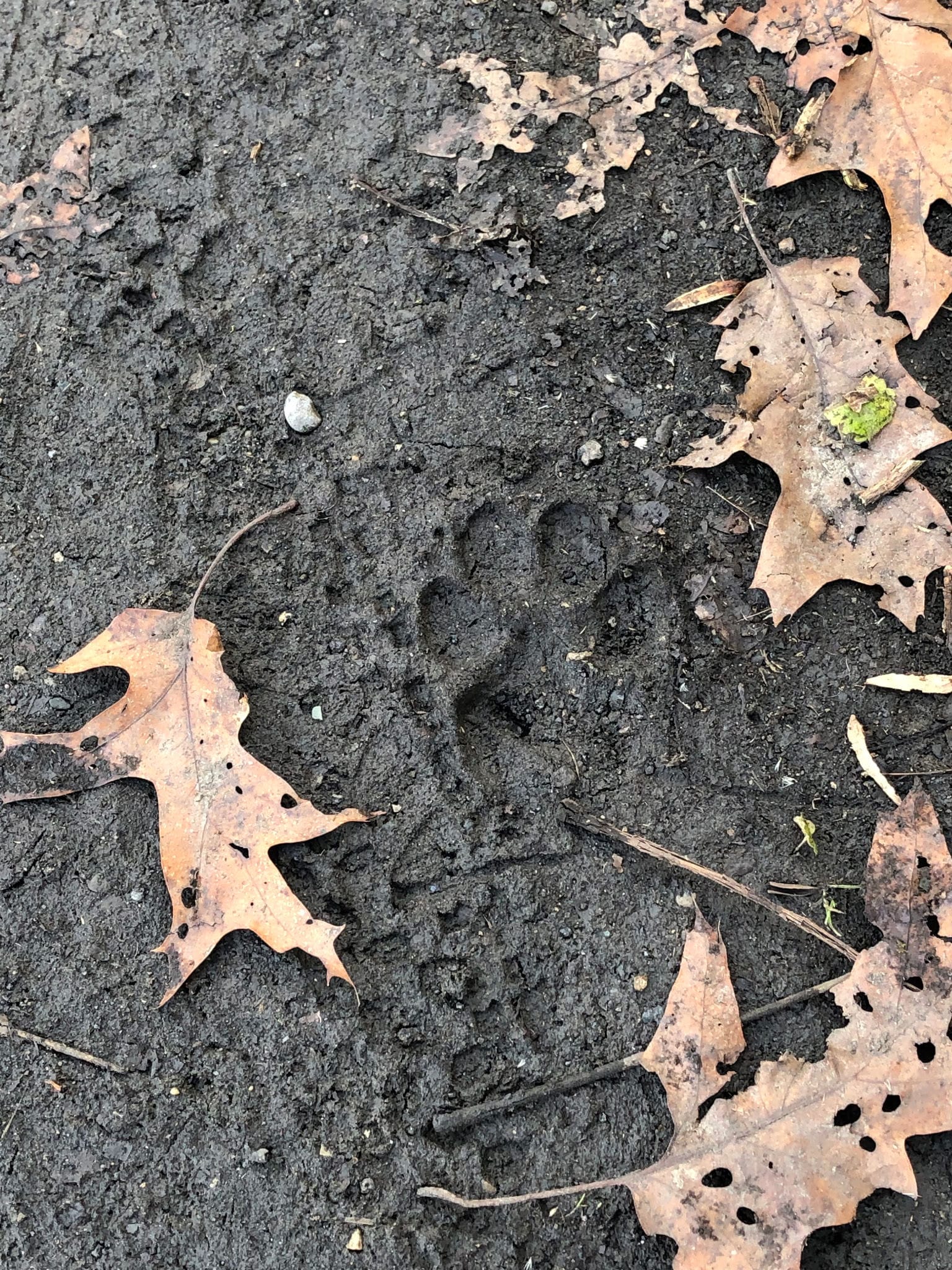
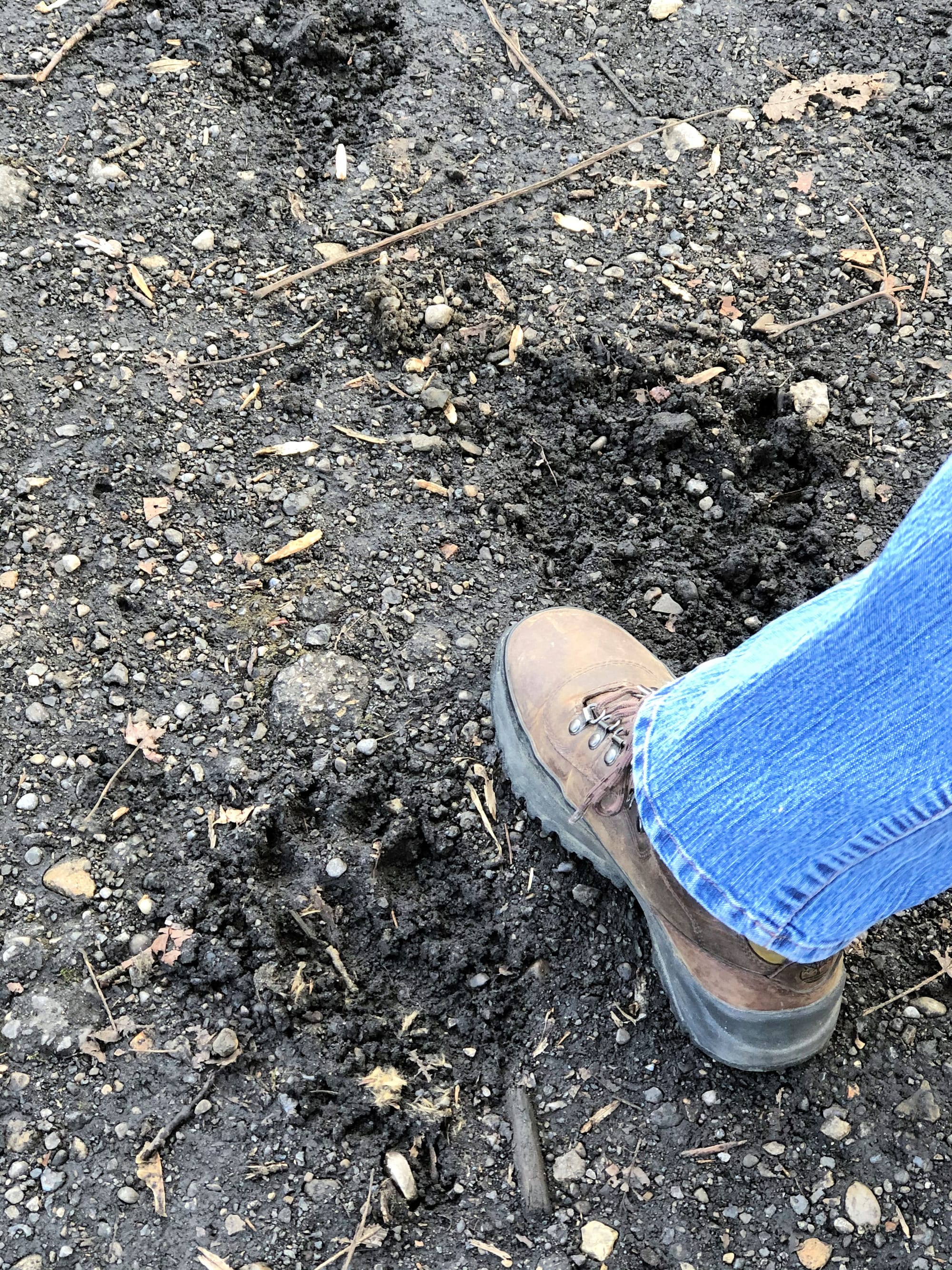
The dry hilltops are dominated by oak-hickory mature woods along with Virginia pines, and mountain laurel. Yellow birch, cherry birch, and eastern hemlock grow on northerly exposures.
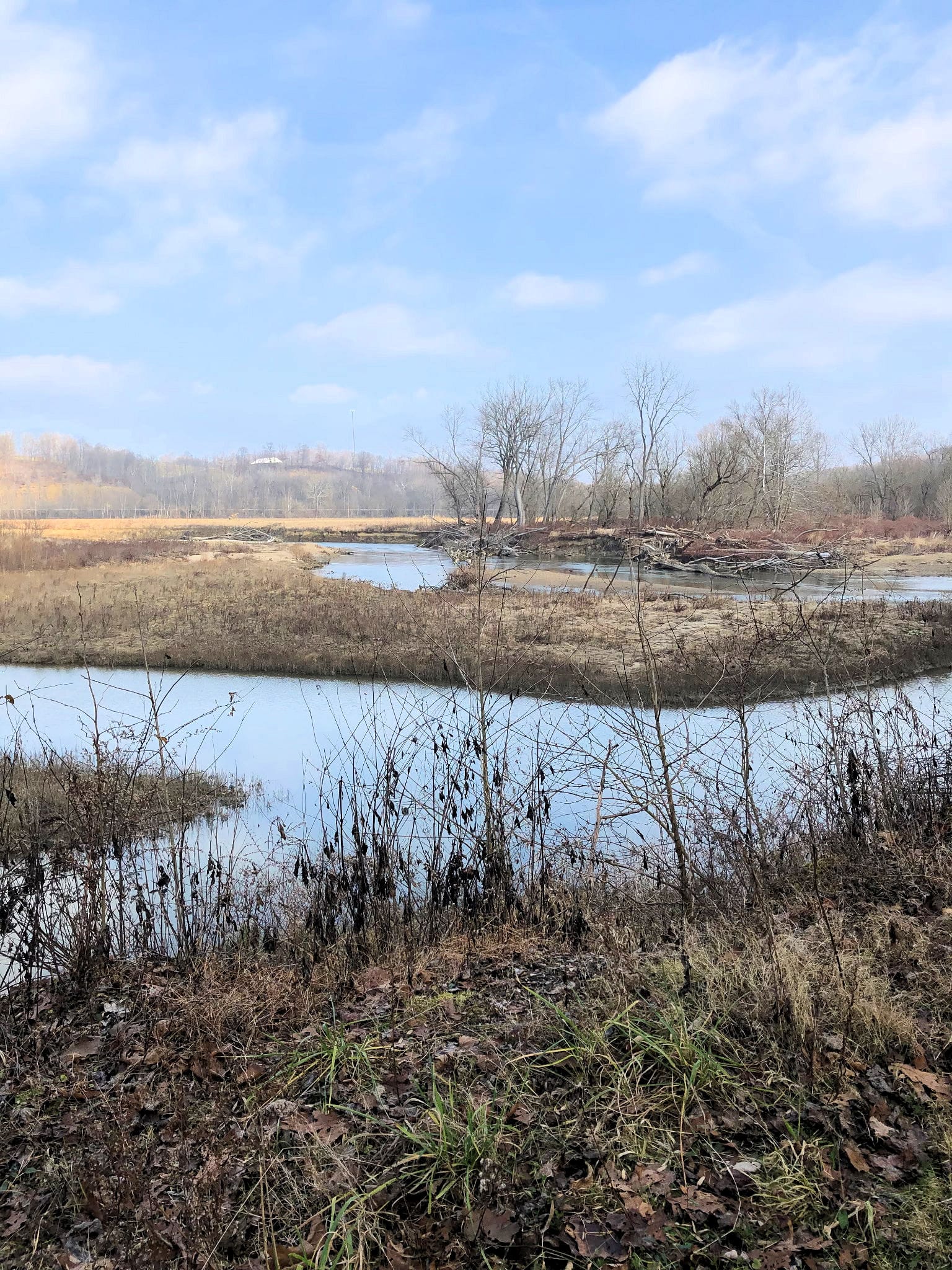
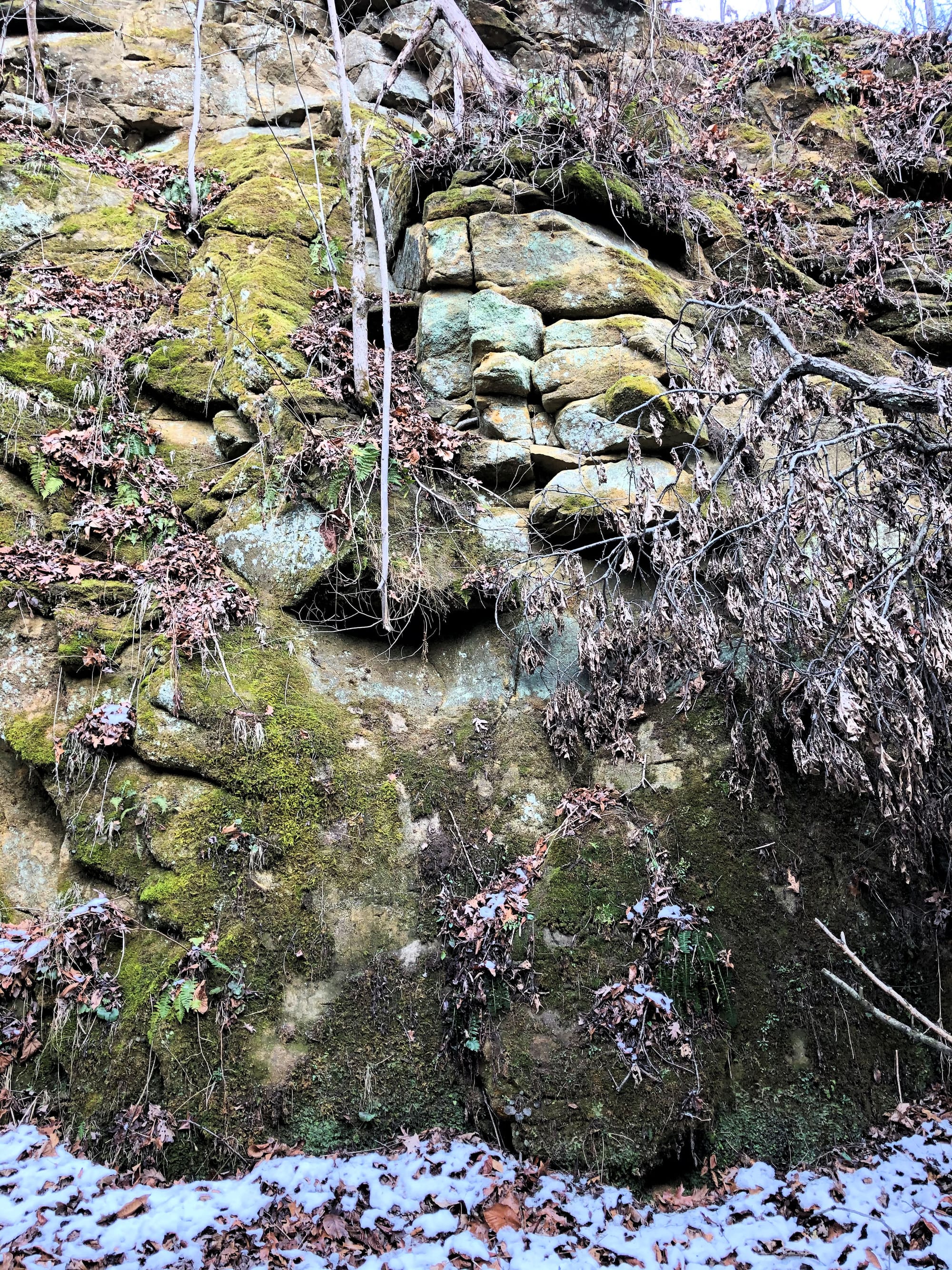
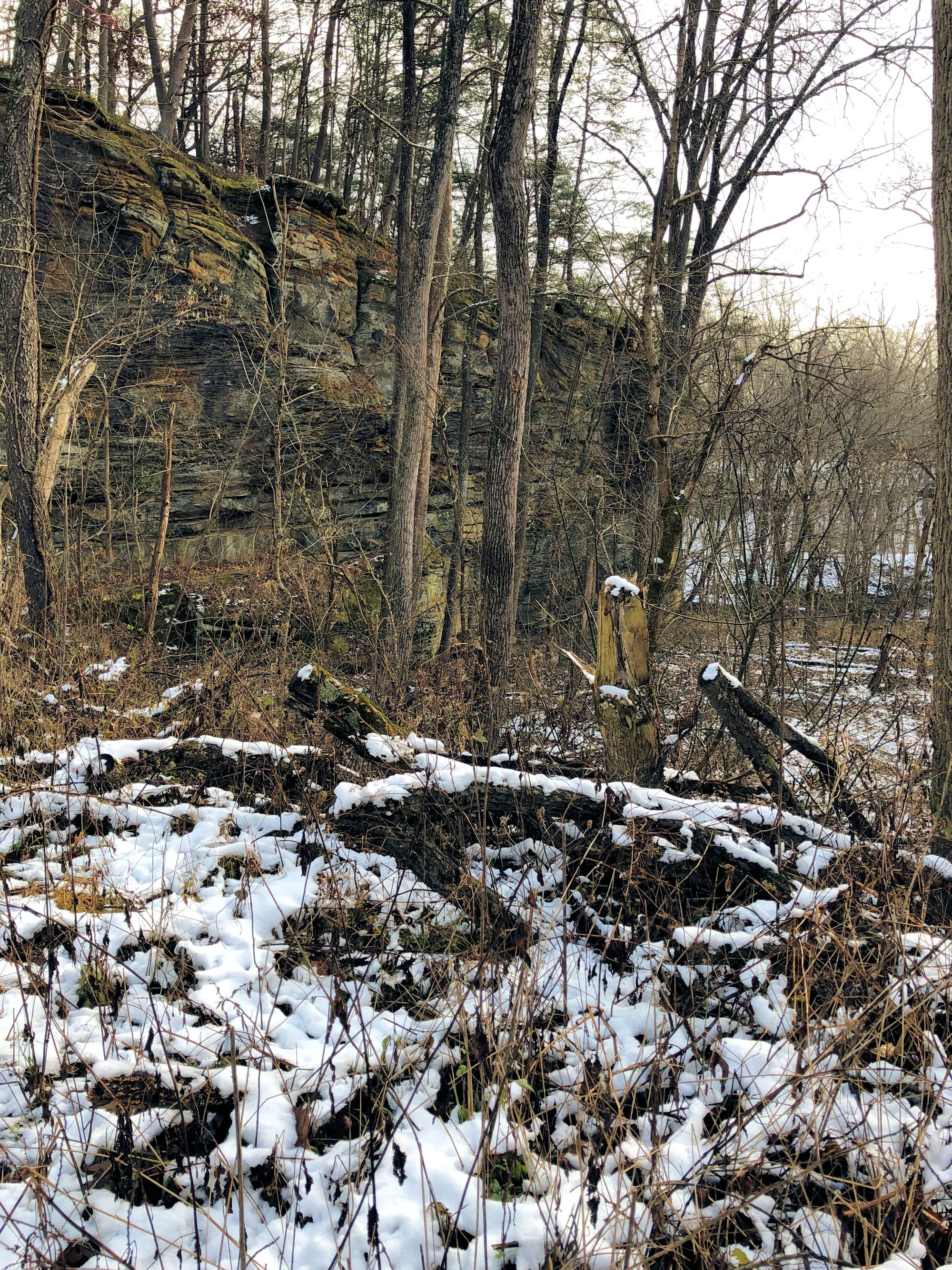
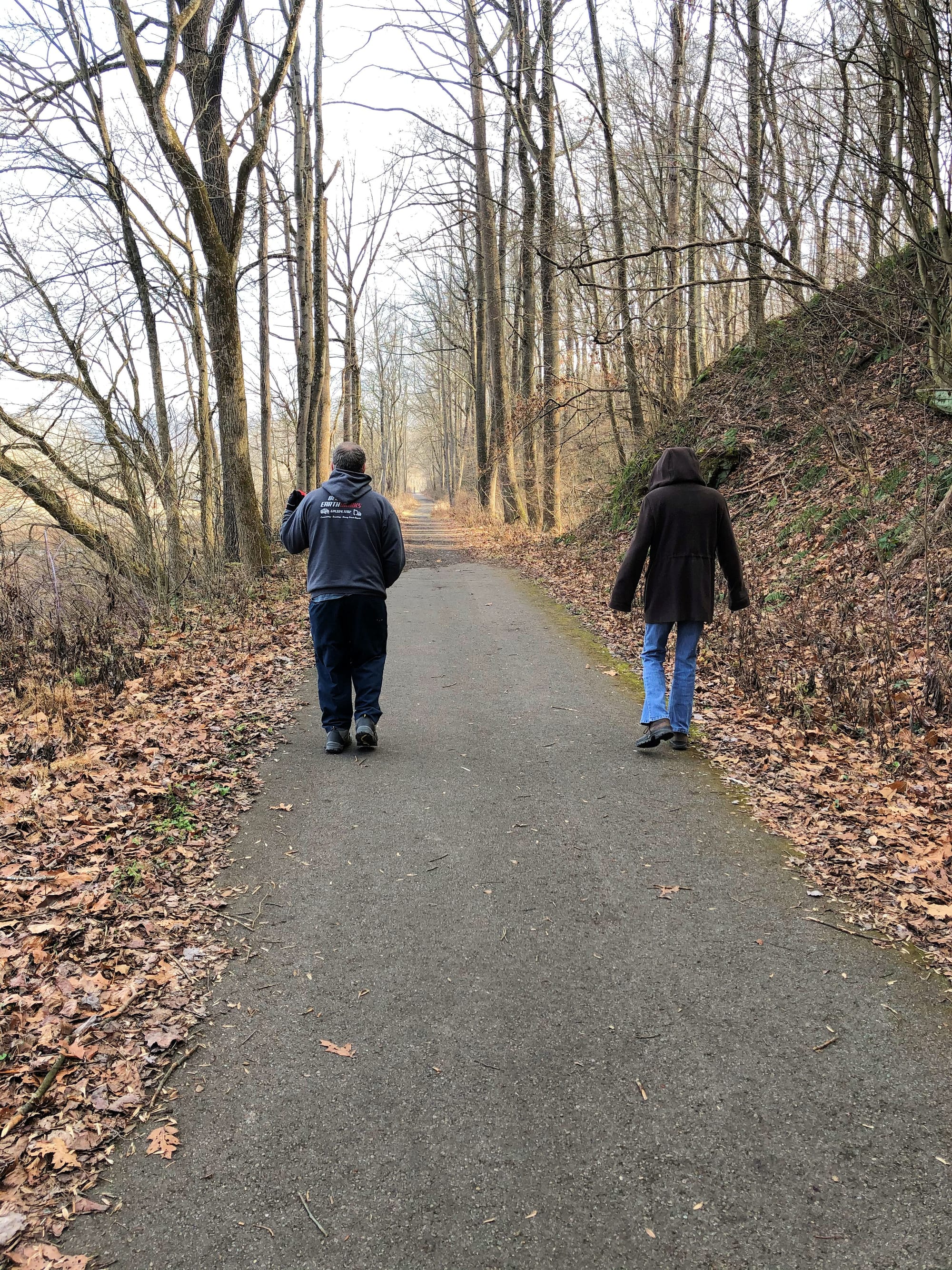
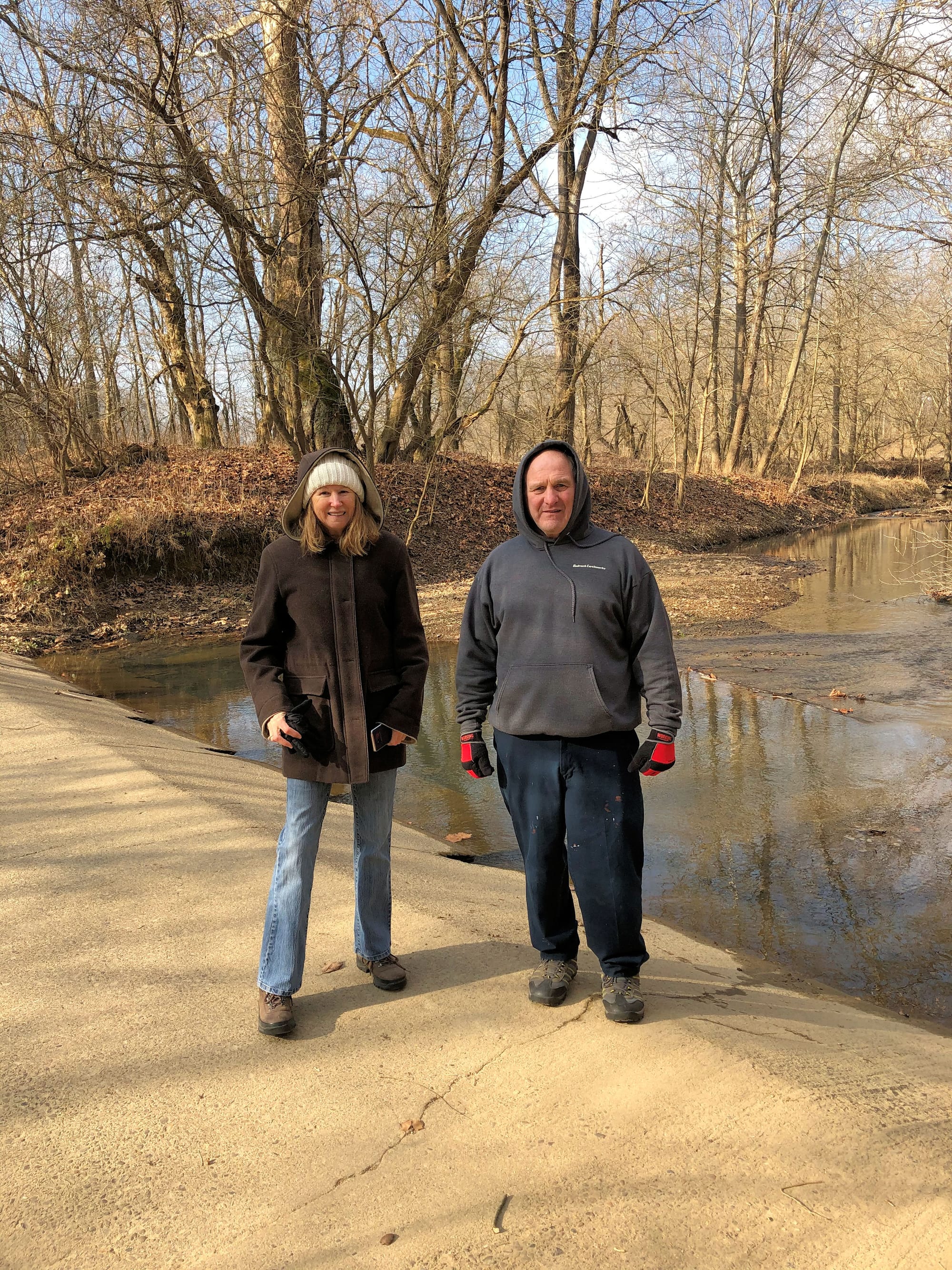
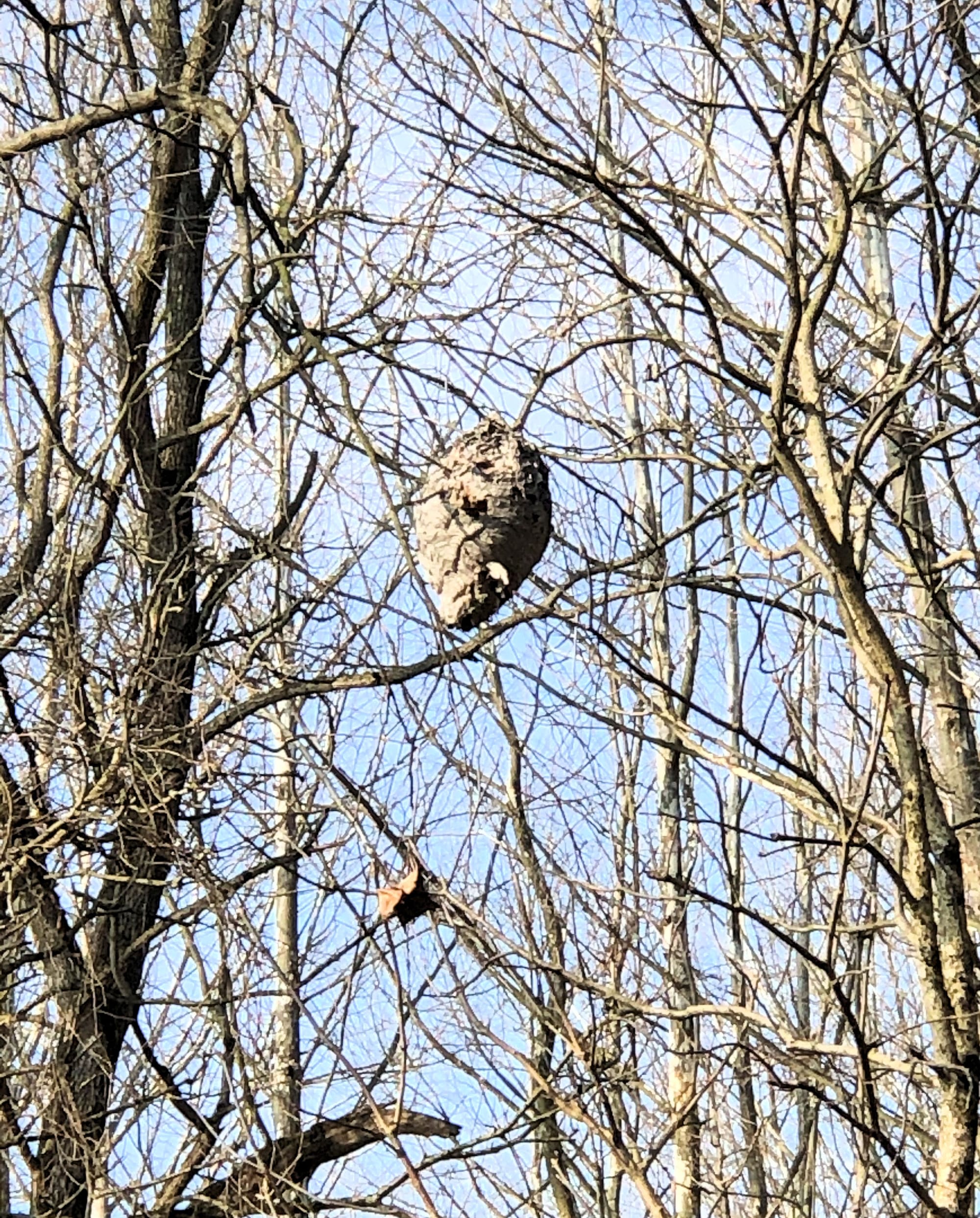
The Preserve is also an excellent site for viewing woodland spring wildflowers.

Conclusion
The Blackhand Gorge State Nature Preserve is a great place to visit. I highly recommend it!

